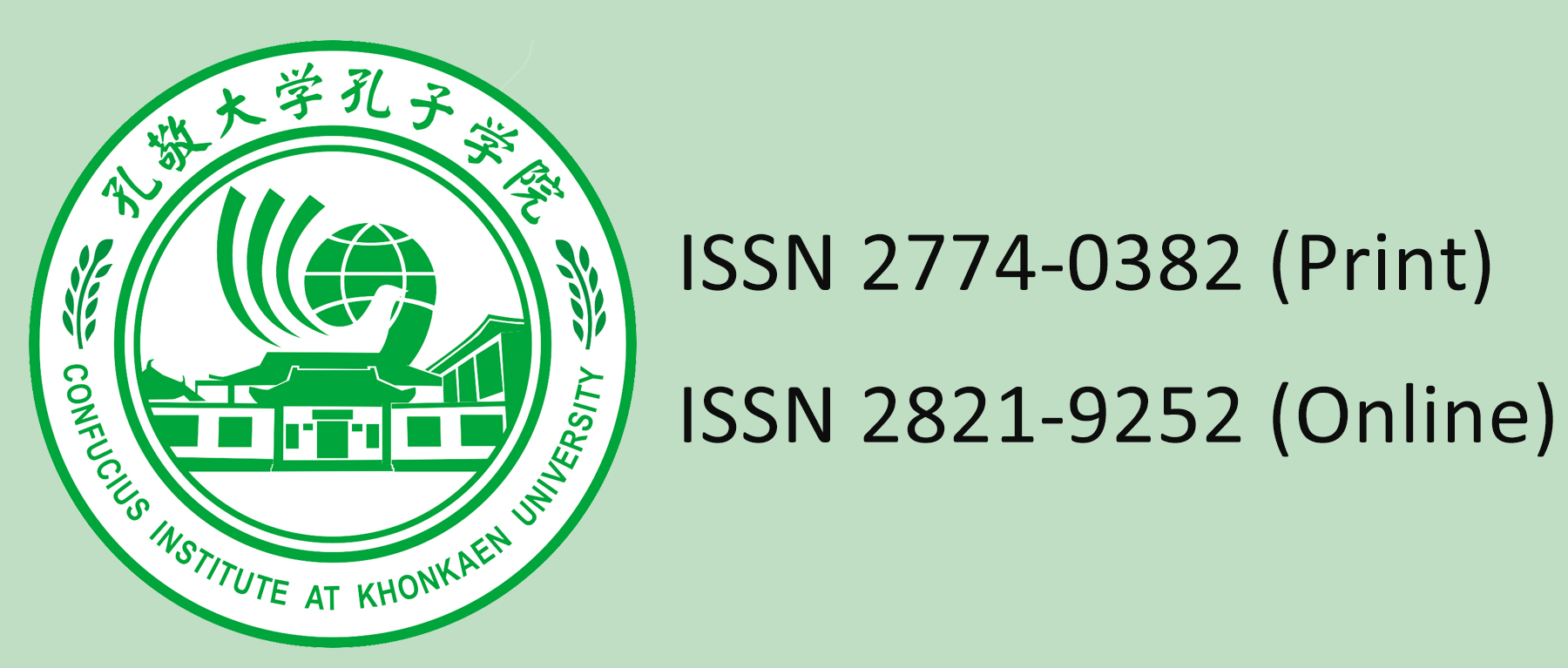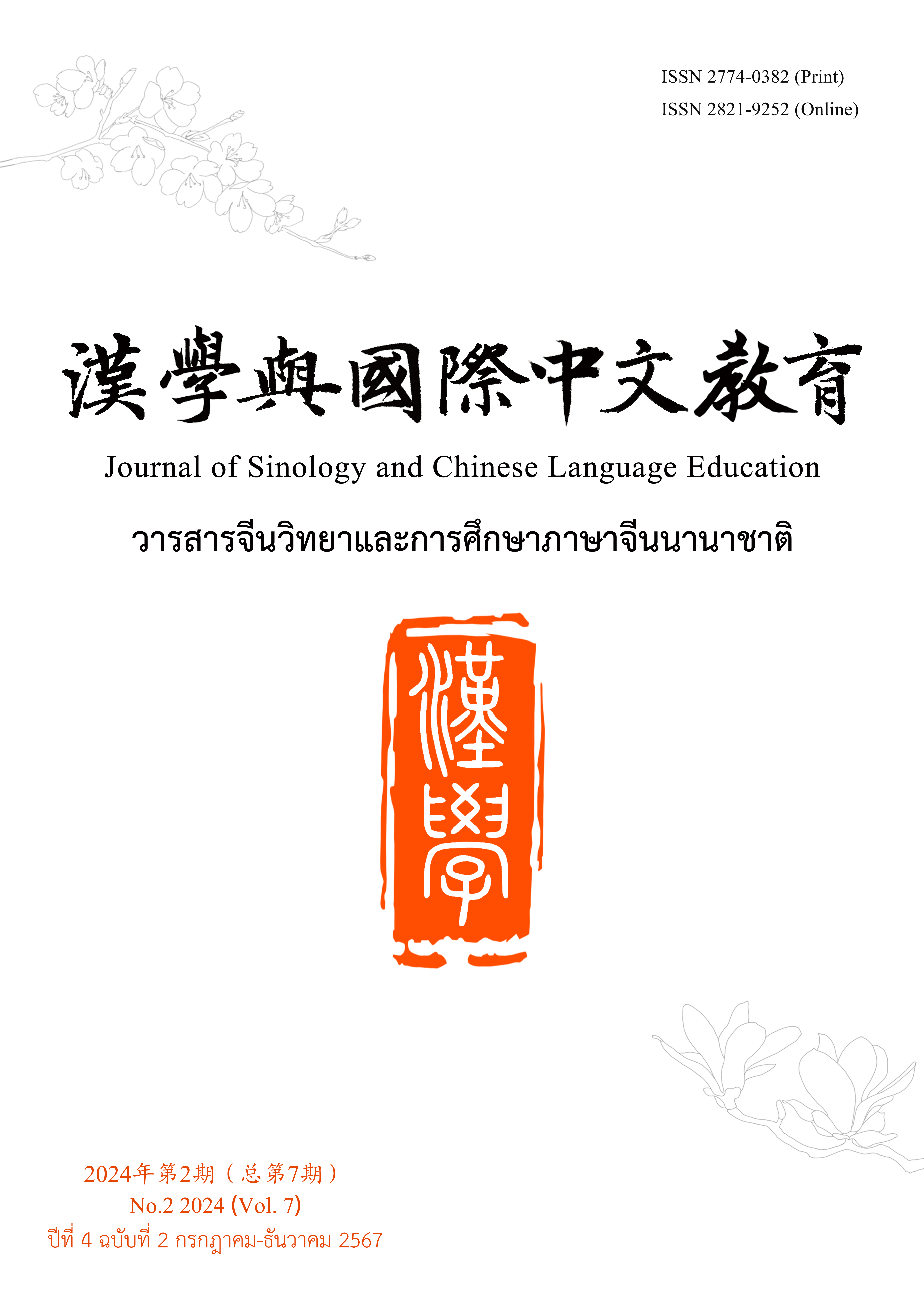A Study on the Origin and Popularity of “Commentary on Classical Chinese Texts” in the Mid to. Late Song Dynasty
Main Article Content
Abstract
The practice of “commentary and punctuation on classical Chinese texts” (guwen pingdian) emerged as a new phenomenon alongside the popularity of anthologies of classical Chinese prose in the mid to late Southern Song dynasty. Scholars have often explored the reasons for the rise of these commentaries by examining cultural traditions such as the punctuation, interpretation and annotation of classic texts. However, in the historical context of the mid to late Southern Song, the most direct and crucial factor behind the emergence of classical commentaries can be attributed to the influence of the imperial examination system. The term “commentary” in this context derives from the remarks made by examiners after reviewing examination papers, while “punctuation” originates from the interpunction marks used by examiners during the grading process. Notably, newly discovered historical materials, such as the “Revised Decree of Examination Regulations of Shaoxing” and the “Revised Rules of General Examination Formats of Shaoxing,” illustrate the specific use of marking symbols by examiners when assessing examination papers. Ultimately, it was precisely within the historical context of the Southern Song’s examination society and commercial publishing that commentaries and punctuations, closely linked to classical literary anthologies, gained widespread popularity among the scholar-official class of the time.


